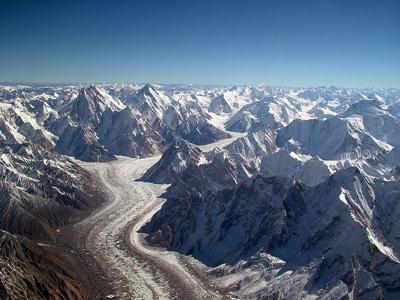calpuff air
by rush
(india)
I agree that the steady-state model would not be great when used for distances extending greater than a few kilometres. And that more advanced models such as CALPUFF air model would work better.
Barry's Response - That's right, Rush. Models will keep improving as the decades go by.
When considered state-of-the-art, CALPUFF goes a few steps beyond traditional (steady state) models like ISC and AERMOD. CALPPUFF lets you pick multiple species (polluting substances) and build a database of them.
This model treats the atmosphere in a more realistic fashion: one that has many independent layers rather than just one. Each has its own stability, turbulence, and wind characteristics.
Also, this model treats an emission parcel like a puff. The transport that happens during a particular time increment, typically an hour, starts with the end point of the previous hour.
Again, this is much more realistic than steady state, where the effluent stream is transported every hour under the same conditions. As long as there's no ground impact or advection (transport) off the modeling domain.
CALPUFF also handles deposition more realistically (with and without precipitation). This model contains a suite of algorithms for handling other long-range long-term effects, such as chemical transformations after initial release. CALPUFF handles terrain impact more precisely than earlier models.
It's worth learning more about this model if you're interested.
Search this website for more model information now.
With my background in environmental science and desire to find the best solutions to the world's biggest problems, I enjoy comparing the relative merits of various air quality models and how well they tackle environmental problems. So here goes...
A fellow traveler through the gusts of air modeling!
Your astute observation rings like a well-tuned wind chime. Let me tip my metaphorical hat to your recognition of the limitations of the steady-state model. Like a gentle zephyr that loses its breath, this model falters over longer distances, leaving us wanting more.
CALPUFF air model, the master of atmospheric intricacies! It's like a gentle breeze turns into a symphony of air currents and molecular dances. Calpuff tells the story of pollutants' whimsical journeys with each calculation.
Let's not be swayed by technology alone. We must remember the importance of calibration, validation, and scientific inquiry as we navigate this digital windscape. Without meticulous observation, even the mightiest model can get blown off course.
As we harness the boundless power of technology to chart our atmospheric adventures, let's enjoy the dance of CALPUFF's equations. Maybe one day we'll meet on a hillside, watching the winds weave their tales through the trees, and raise a toast to the wonders of air modeling that brought us together.
Join in and write your own page! It's easy to do. How? Simply click here to return to Hi-Tech Idea.
Do you have concerns about air pollution in your area??
Perhaps modelling air pollution will provide the answers to your question.
That is what I do on a full-time basis. Find out if it is necessary for your project.
Have your Say...
on the StuffintheAir facebook page
Other topics listed in these guides:
The Stuff-in-the-Air Site Map
And,
Thank you to my research and writing assistants, ChatGPT and WordTune, as well as Wombo and others for the images.
GPT-4, OpenAI's large-scale language generation model (and others provided by Google and Meta), helped generate this text. As soon as draft language is generated, the author reviews, edits, and revises it to their own liking and is responsible for the content.



